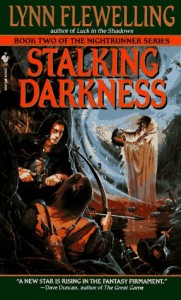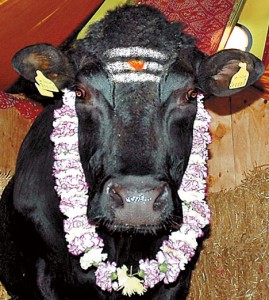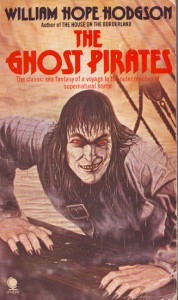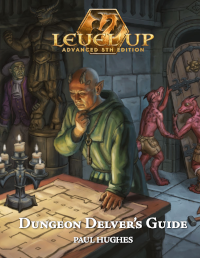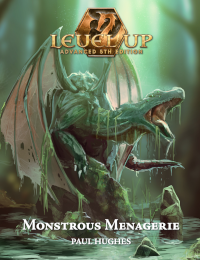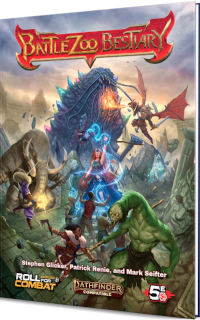D&D 4e doesn’t have abilities like Sunder that break weapons, because a) they asymetrically punish melee weapon users and b) they destroy potential treasure. Also, players generally get a magic weapon by around level 2, and in 4e, breaking a player’s magic weapon is pretty much against the rules.Cal-den struck him then backward against the dais, catching his blade in a black claw, shattering it, and he raised his other arm to smite him. Dilvish did then stab upward with what remained of the sword, nine inches of jagged length.
…
Dilvish came scrambling backward, until his hand came upon a thing in the rubble that drew the blood from it. A blade. He snatched at the hilt and brought it up off the floor with a side-armed cut that struck Cal-den…
Roger Zelazny, Dilvish the Damned
But rules, like swords, are made to be broken.
Here’s one dramatic occasion for the villain to sunder your paladin’s +4 sword: when there happens to be a +5 Holy Avenger lying on the floor. It’d be pretty dramatic to have the paladin cast away his broken weapon and seize some ancient two-handed sword from among the treasure strewn on the floor, only to have it flare in his hands with radiant power. Probably more exciting than giving him the Holy Avenger after the battle and letting him peddle his old blade for 1/5 of its sale price.



